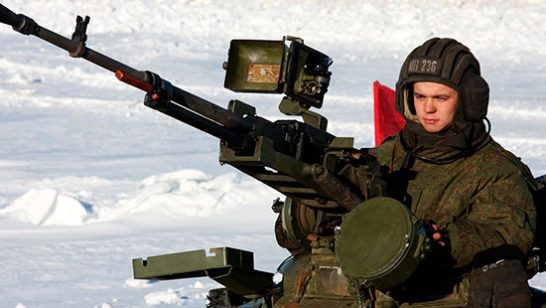
The following is a detailed account of the NATO exercise Allied Shield that took place between the 5th and 28th of June 2015. Allied Shield was an umbrella operation involving four separate exercises engaged in different scenarios, namely:
- BALTOPS 15, a major allied and partner state naval exercise in the Baltic Sea focusing on amphibious operations in Sweden and Poland.
- Saber Strike 15, a conventional force exercise focused on Poland and the Baltic States encompassing airborne and armoured engagements with a state opponent.
- Noble Jump, the first deployment of NATO’s new Very High Readiness Joint Task Force (VJTF), a force structure designed to provide a rapid response to infiltration of allied territory by enemy special forces and irregular personnel.
- Trident Joust, a command and control exercise focusing on the coordination of large-scale allied operations. This also involved a mid-operations redeployment of a NATO Headquarters to the area of operations.
Operationally Allied Shield focused on territorial defence, both conventionally through the use of armoured manoeuvres and close air support, and by more restrained means such as the use of special forces to counter hostile subversion activities. In all cases rapid concentration of forces received a heavy focus, reflecting the short time NATO would have to respond to an assault on the easternmost alliance members. The nature of this activity, in terms of repelling infiltration of a member state on similar lines to the early stages of the takeover of Crimea, and in terms of engaging a large conventional threat on the borders of NATO, leaves Russia as the only possible adversary.
The interactive map below provides a detailed examination of this exercise on a step-by-step basis, showcasing the process by which certain units were activated, moved into position, and then engaged in simulated combat. These actions are supported by a wide range of naval and air activities designed to contest and control the sea lanes and airspace over and around the Baltic Sea, Baltic States, and Poland.
The map proceeds in a chronological manner, with the dashed line representing this chronological process rather than troop movements per se, whilst each slide includes a link to original source material. A corresponding map detailing a large scale snap Russian exercise (16-21 March 2015) is available here.
The opinions articulated above represent the views of the author(s), and do not necessarily reflect the position of the European Leadership Network or any of its members. The ELN’s aim is to encourage debates that will help develop Europe’s capacity to address the pressing foreign, defence, and security challenges of our time.


